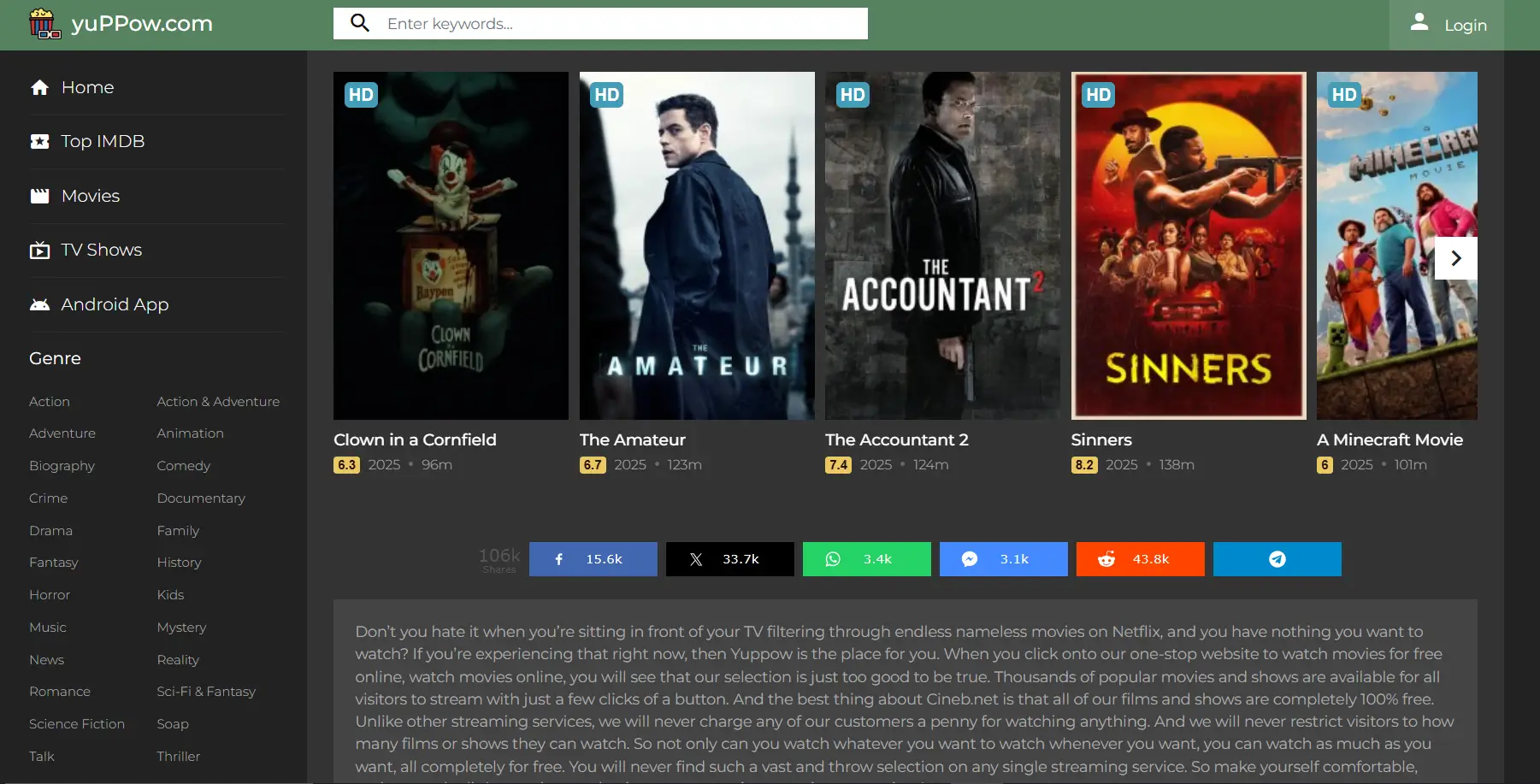In the world of manga and manhwa enthusiasts, scanlation groups play a pivotal role in bridging the language barrier between East and West. Among this passionate community, Olympus Scanlation has established itself by offering high-quality translations of fan-favorite series. But what exactly goes on behind the scenes at Olympus Scanlation? How does it work? And who are the unsung heroes who bring each chapter to life?
In this article, we delve into the inner workings of Olympus Scanlation, exploring the various functions, workflows, tools, and ethical considerations of the scanlation process.
What Is Olympus Scanlation?
Olympus Scanlation is a fan group that focuses on translating and editing manga and manhwa for international readers. Unlike official publishers, scanlation groups like Olympus Scanlation work independently and often don't receive formal compensation. Their mission? To share stories that might not be accessible to readers due to language barriers or regional availability restrictions.
With a solid reputation in the scanlation community, Olympus Scanlation is known for its attention to detail, timely releases, and commitment to quality. The company has introduced countless titles to English-speaking fans, some of which have even been officially licensed due to their growing popularity.
The Core Roles in Olympus Scanlation
Scanlation groups like Olympus Scanlation thrive thanks to their well-organized teams. Each member contributes to the translation and presentation of the content. Their main roles are:
1. Translator
Translators are the linchpin of any scanlation project. Olympus Scanlation translators are typically fluent in both the source language (often Korean or Japanese) and English. Their job is to accurately translate dialogue, narration, and sound effects, preserving cultural nuances and tone.
2. Proofreader
Proofreaders are brought on board after the initial translation. Their job is to polish the translation, correct grammatical and spelling errors, and ensure that dialogue reads naturally. Olympus Scanlation takes this task very seriously to maintain readability without altering the meaning of the original text.
3. Cleaner
Cleaners remove the original text from manga/comic pages. This includes speech bubbles, background noise effects, publisher watermarks, and more. At Olympus Scanlation, cleaners are trained in graphic editing tools like Photoshop to help typesetters keep the pages pristine.
4. Redrawer
Redrawers reconstruct backgrounds and illustrations hidden by text. Olympus Scanlation often works with series with complex illustrations, and skilled redrawers are essential to maintaining the visual consistency and professionalism of the pages.
5. Typesetter
Once the pages are pristine, typesetters replace the translated text in speech bubbles and frames. Olympus Scanlation typesetters carefully select fonts, adjust alignment, and ensure consistency throughout the text. A well-composed page improves readability and aesthetic appeal.
6. Quality Checker (QC)
Before publishing chapters, a final quality check is performed. Quality control checks review each page for translation errors, typos, design flaws, and missed redraws. Olympus Scanlation uses this procedure to ensure that each chapter meets our high quality standards.
The Workflow at Olympus Scanlation
The process at Olympus Scanlation, from manuscript to final product, is surprisingly complex and collaborative. A typical workflow is as follows:
Raw Acquisition: Olympus Scanlation either purchases or receives raw scans of the manga/manhwa they intend to translate.
Translation: The translator begins working on the text, sending their draft to the proofreader once done.
Cleaning and Redrawing: Meanwhile, cleaners and redrawers prepare the visuals by erasing original text and restoring artwork.
Proofreading: The translated text is edited and polished to flow naturally in English.
Typesetting: Text is added back into the cleaned images using design software.
Quality Check: The final version is reviewed for consistency, errors, and visual polish.
Release: Once everything is approved, Olympus Scanlation uploads the chapter to their platform or affiliated sites.
This process is often repeated weekly or monthly depending on the release schedule of the series.
Related Article: VuiAnime
Tools Used by Olympus Scanlation
Scanlation may seem like a simple copy-and-paste process, but at Olympus Scanlation, we use a variety of professional tools to ensure a final product of the highest quality.
Photoshop: Industry-standard for cleaning, redrawing, and typesetting.
Google Docs/Sheets: For managing translations, scripts, and proofreading comments.
Trello or Discord: Olympus Scanlation uses project management and communication tools to coordinate tasks and deadlines.
Font Libraries: A wide range of comic fonts are used to match the mood and style of the original.
The craftsmanship and technical expertise that go into each chapter are what sets us apart.
Legal and Ethical Considerations
Olympus Scanlation operates in a legal gray area. Scanlation, by its very nature, involves translating and distributing content without the explicit authorization of the original publisher. This raises numerous ethical and legal issues.
Olympus Scanlation, like many fan-based groups, adheres to an internal code of ethics:
They stop working on a title once it has been licensed in English.
They do not charge for access or profit from ads (or do so modestly, if at all).
Their goal is to promote, not exploit, the original works.
Fans often argue that scanlation helps build an international fanbase and increases demand for official releases. However, creators and publishers may consider it unauthorized distribution.
The Passion Behind Olympus Scanlation
Olympus Scanlation is built on passion: a passion for the stories, the language, and the community. Everyone involved is a volunteer, balancing studies, work, and family commitments, often working late into the night. What drives them forward is their shared love for the medium and a strong desire to bring these stories to readers around the world.
Olympus Scanlation fans show their appreciation through comments, fan art, and support for the original authors. It is this symbiotic relationship between scanlators and readers that has kept the community vibrant and alive, even amidst changing legal systems.
Conclusion
Understanding how Olympus Scanlation works gives a deeper appreciation for the effort and dedication that goes into each translated chapter. From translators to quality checkers, each team member plays a vital role in delivering high-quality content to readers around the world.
While the legality of digitization remains a complex issue, organizations like Olympus Scanlation continue to act as cultural bridges, connecting fans across languages and borders. As the industry evolves, their work will continue to fuel the conversation about access, copyright, and the future of global storytelling.
Frequently Asked Questions (FAQs)
1. What is Olympus Scanlation?
Olympus Scanlation is a fan-driven scanlation group specializing in manga and manhwa translations into English. They are known for their high-quality editing, accurate translations, and dedication to bringing their work to readers around the world.
2. Is Olympus Scanlation legal?
Not really. Olympus Scanlation operates in a legal gray area, as it does not have official licenses to translate and distribute content. However, once a work is officially licensed in English, it typically suspends its work and asks its readers for support for the official release.
3. How does Olympus Scanlation get raw manga/manhwa?
Olympus Scanlation purchases digital versions of manuscripts or partners with sources that provide high-resolution scans. These scans are used as a basis for cleaning, editing, and translation.
4. What roles exist in Olympus Scanlation?
Key roles include:
Translator (converts the original language into English)
Cleaner (removes original text from images)
Redrawer (reconstructs obscured artwork)
Proofreader (polishes translated text)
Typesetter (adds English text to the pages)
Quality Checker (reviews the final product)
Each role contributes to the smooth release of chapters by Olympus Scanlation.
5. How can I join Olympus Scanlation?
Many groups like Olympus Scanlation post job openings on their websites or on platforms like Discord and Reddit. They often hire translators, cleaning staff, and typesetters. Some positions may require a short skills test or a portfolio.





